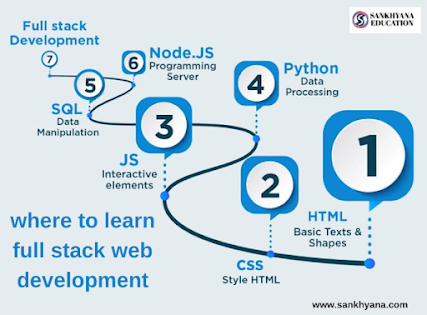Let’s Explore Generative AI
Introduction:
Generative AI, a branch of artificial intelligence, focuses on creating and generating new content that exhibits creative and human-like qualities. This article aims to delve into the fascinating world of generative AI, exploring its capabilities, applications, and the underlying techniques that power it. By harnessing the potential of generative AI, we can unlock unprecedented opportunities for artistic expression, content creation, and innovation.
1. Understanding Generative AI:
Generative AI involves training machine learning models to generate new content, such as images, text, music, and even videos. Unlike traditional AI approaches that rely on pre-defined rules or explicit instructions, generative AI models learn from vast amounts of data and generate new content by extrapolating patterns and creating novel combinations. This process enables the AI system to produce unique and creative outputs that mimic human-like behavior.
2. Techniques in Generative AI:
a. Variational Autoencoders (VAEs): VAEs are generative models that learn to encode input data into a lower-dimensional latent space and then decode it to generate new data. VAEs allow for the generation of diverse outputs by sampling from the latent space, enabling the creation of images, text, and other content with unique variations.
b. Generative Adversarial Networks (GANs): GANs consist of two components: a generator and a discriminator. The generator aims to produce realistic content, while the discriminator tries to distinguish between real and generated content. Through adversarial training, GANs learn to generate highly realistic and convincing outputs, making them popular for generating images, videos, and even realistic human faces.
c. Recurrent Neural Networks (RNNs): RNNs are widely used for generating sequential data, such as text and music. By using a network architecture that incorporates feedback loops, RNNs can learn from previously generated elements to generate coherent and context-aware sequences. This makes them valuable tools for generating creative written content or composing music.
3. Applications of Generative AI:
a. Art and Design: Generative AI can assist artists and designers by providing new sources of inspiration, generating novel designs, and enabling the exploration of unique artistic styles. It can also facilitate the creation of interactive and immersive experiences that blend the real and virtual worlds.
b. Content Creation: Generative AI models can generate realistic images, videos, and text, opening doors for automated content creation. This can be particularly useful in areas such as advertising, entertainment, and storytelling, where diverse and engaging content is in high demand.
c. Simulation and Training: Generative AI can be employed to create realistic simulated environments for training purposes, such as flight simulators, virtual reality training scenarios, or gaming environments. These simulations can enhance learning, skill development, and decision-making in various domains.
d. Personalization and Recommender Systems: By analyzing user preferences and historical data, generative AI models can generate personalized recommendations, advertisements, and content tailored to individual users' interests and needs. This can significantly enhance user experiences and drive engagement.
Conclusion:
Generative AI represents a groundbreaking field that combines artificial intelligence and creativity. Through techniques like VAEs, GANs, and RNNs, generative AI models can produce unique and compelling content across various domains. As the field continues to advance, generative AI holds immense potential to revolutionize art, design, content creation, and personalization, fostering new forms of human-machine collaboration and unleashing the boundless possibilities of creative expression.
.png)

.png)
.png)
Comments
Post a Comment